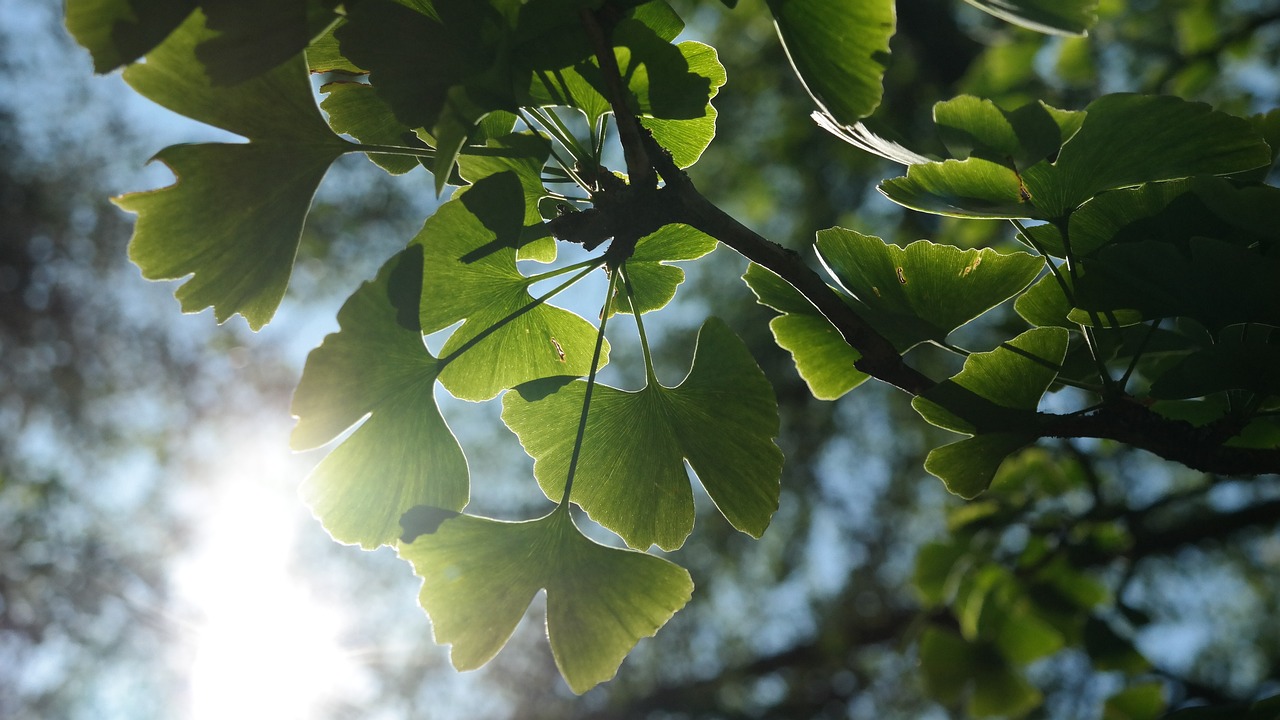Plants are more than just decorative elements in our homes and offices; they are living organisms that can improve air quality, reduce stress, and even boost productivity. But just like any other living thing, they require proper care and attention to thrive. Whether you are a seasoned plant owner or a novice green thumb, understanding the fundamentals of plant maintenance is key to keeping your plants healthy and vibrant.
In this article, we’ll go through a comprehensive plant care guide that you can follow to ensure your green friends are getting everything they need to grow strong and beautiful.
Understanding Your Plants’ Needs
Before you dive into the world of plant care, it’s crucial to understand that different plants have different needs. Sunlight, water, soil type, and temperature all play a role in how well your plants will flourish.
Sunlight: The Right Amount of Light
All plants require sunlight to perform photosynthesis, but the amount of light needed can vary greatly. Some plants, like succulents and cacti, thrive in direct sunlight, while others, such as ferns and pothos, prefer the shade. Make sure you’re aware of the light requirements for each of your plants and position them in your home accordingly.
Water: Not Too Much, Not Too Little
Overwatering is one of the most common mistakes plant owners make. It’s essential to understand the watering needs of each plant because too much water can lead to root rot, while too little can cause your plants to wither and die. A good rule of thumb is to check the top inch of soil; if it’s dry, it’s time to water.
Soil: The Foundation of Plant Health
Soil provides the nutrients plants need to grow. It should be well-draining but also capable of retaining enough moisture to sustain the plant between waterings. Consider the specific soil mix that’s best for your plants, and remember to replace or refresh the soil periodically to replenish nutrients.
Temperature and Humidity: Creating the Right Environment
Most houseplants originate from tropical climates and therefore prefer a warm and humid environment. Keep your plants away from drafts, air conditioning vents, and heaters to avoid sudden temperature changes. You can increase humidity around your plants by misting them, placing a tray of water nearby, or using a humidifier.
Basic Plant Maintenance Tips
Now that you’re familiar with your plants’ basic needs, let’s delve into some essential maintenance tips to keep them thriving.
Regular Watering and Feeding
Establish a consistent watering schedule based on each plant’s needs. Use room-temperature water to avoid shocking the plant’s roots. Additionally, feed your plants with the appropriate fertilizer during their growing season to ensure they’re getting all the nutrients they need.
Pruning and Deadheading
Pruning helps to encourage growth and maintain the plant’s shape. Remove any dead or yellowing leaves to keep your plant healthy and prevent the spread of disease. Deadheading, or removing spent flowers, can also promote more blooms in flowering plants.
Pest Control
Keep an eye out for signs of pests such as mites, aphids, and mealybugs. These can be managed with regular inspections and, if necessary, treatments with insecticidal soap or neem oil.
Advanced Plant Care Techniques
For those who are ready to take their plant care to the next level, here are some advanced techniques to consider:
Propagation
Propagating your plants can be a rewarding way to expand your collection or share with friends. Depending on the plant, this can be done through seed, cuttings, or division.
Repotting for Growth
Plants can become root-bound if they outgrow their pots, which can stunt their growth and lead to poor health. Repot your plants every couple of years or when you see roots coming out of the drainage holes.
Indoor Plant Care Guide PDF
For a detailed reference, consider downloading an indoor plant care guide PDF. These guides often include specific instructions for various plant species and can be a valuable resource for troubleshooting plant issues.
Creating Your Own Plant Care Guide
You can also create your own plant care guide tailored to the plants you own. Document their needs, track your maintenance routines, and note any observations or changes in their health.
Common Problems and Solutions
Even with the best care, plants can encounter problems. Here are some common issues and how to address them:
Yellowing Leaves
This can be a sign of overwatering, under-watering, or lack of nutrients. Adjust your watering schedule and ensure your plant is getting the right kind of fertilizer.
Drooping Leaves
Drooping can indicate underwatering, overwatering, or stress from a recent move. Check the soil moisture and make adjustments as needed.
Brown Leaf Tips
Brown tips can be caused by low humidity, over-fertilizing, or fluoride in the water. Increase humidity, reduce fertilizer use, and try watering with filtered water.
Plant Care Guide for Specific Species
Let’s briefly touch on the care requirements for a couple of popular indoor plants:
Fiddle Leaf Fig (Ficus lyrata)
Fiddle leaf figs need bright, indirect light and should be watered only when the top inch of soil is dry. They can be sensitive to changes, so it’s important to keep their environment stable.
Snake Plant (Sansevieria trifasciata)
Snake plants are very forgiving and can tolerate low light and infrequent watering. They’re an excellent choice for beginners.
Takeaways
Plant maintenance doesn’t have to be complicated. By understanding the specific needs of your plants and following a regular care schedule, you can keep them healthy and thriving. Remember to be attentive and responsive to changes in your plants’ appearance, and don’t hesitate to consult a detailed plant care guide or a local nursery for advice. With a little bit of knowledge and care, your plants will reward you with their beauty and benefits for years to come.








